#Syrian history
Text










Women’s History Meme || Women from Ancient History (or legends) (3/5)
↬ Septima Zenobia, Queen of Palmyra (c. 240 – c. 274)
Zenobia, Queen of Palmyra, and self-proclaimed Empress, is one of the heroines of the ancient world who has inspired successive generations of scholars, writers, librettists and musicians, playwrights and actors. In the modern western world she is slightly less well known than Cleopatra; in the east she is still supreme, as demonstrated by the massive response throughout the Arab world to the television series called Anarchy (Al-Abadid) broadcast in Syria in 1997. The role of the Empress Zenobia was played by a very famous and beautiful Arab actress, Raghda, and her struggle against the Romans was depicted in twenty-two episodes watched by millions of people.
For political reasons, but by controversial calculations, Zenobia claimed descent from Cleopatra, who was neither Arab nor Egyptian, but a Macedonian Greek. The writers of the television series emphasized Zenobia’s iconic Arab origins, but in fact, as a Palmyrene, Zenobia combined elements of Aramaic and Arabic ancestry. The population of Palmyra was descended from an amalgamation of various tribes of different ethnic backgrounds, and their language was a dialect of Aramaic.
As the heroic and ultimately tragic Queen of Palmyra, Zenobia ranks with two other heroines of ancient history: the British Queen Boudicca and Cleopatra, who stood firm for their principles and their people, defied their oppressors, and were ultimately defeated. In each case the tragedy is all the more poignant because all three queens were the last of their lines, and after their deaths, each of their kingdoms disappeared, absorbed by Rome.
These heroic women passed into legend as a result of their individual struggles and tragic fates, and the simple fact that they were women, who ruled as capably, and fought just as fiercely, as kings. Their enduring fame far outstrips the quantity and quality of the information about them.
— Empress Zenobia: Palmyra’s Rebel Queen by Pat Southern
#women's history meme#zenobia of palmyra#syrian history#asian history#women's history#history#nanshe's graphics
31 notes
·
View notes
Text
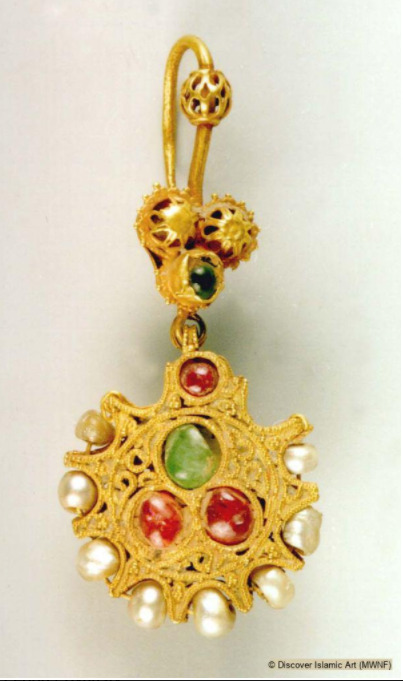
Gold earring decorated with rubies, pearls, and an emerald, Damascus, Syria, 5th-6th century AH (11th-12th century AD)
from The National Museum of Damascus
67 notes
·
View notes
Text
'Luxury Foods' in Medieval Islamic Societies by David Waines from World Archaeology, Vol. 34, No. 3, Luxury Foods (Feb., 2003)
"We may begin with the work entitled The Meadows of Gold written by the famous historian al-Mas'udi (d. AD 956). He was born in Baghdad and died in Cairo, having, in between, travelled widely in Persia and India in addition to Iraq, Palestine and Syria. The Meadows of Gold contains a number of anecdotes related to food. One involves the Abbasid Caliph, Harun al-Rashid (d. AD 809), of 1001 Arabian Nights fame. He was invited to dine by his brother Ibrahim b. al-Mahdi (d. AD 853), a noted poet and culinary expert, of whom more later.
Harun was served a dish of what appeared to be small and delicate slices of fish arranged in the shape of a fish. When informed that the dish was made from more than 150 fish tongues, the Caliph demanded to know its price and commanded that an equivalent of 1000 silver dirhams be distributed to the poor. This was in expiation, he said, for his brother's wastefulness. Moreover, he ordered a servant to take the fish on its plate, itself an expensive item worth five times as much as the fish preparation, and give it to the first beggar he met in the street.
A second anecdote involves another Caliph, al-Mutawakkil (d. AD 861), who was relaxing one day with his courtiers and singers beside one of the many canals that traversed Baghdad. He smelled the aroma of cooking drifting from a pot being prepared by a sailor on his boat. The Caliph ordered the pot - a beef sikbaj, a sweet and sour stew dish, brought immediately to him. The Caliph sampled the stew with a piece of bread, as did his courtiers and singers, until the pot was empty. He then ordered the pot filled with 2000 dirhams and returned to the boat; the coins that did not fit into the pot were placed in a pouch and given directly to the cook. In the Caliph's judgement the dish was the best sikbaj he had ever tasted."
I found this excerpt incredibly lovely and highly recommend you check out the whole thing on JSTOR (free to access when you make an account but also on scihub). Doing a short article review on it for my Global Connections module - covering Islamic history briefly has really touched me especially when I covered it quite begrudgingly as a child/pre-teen through Saturday-Sunday school. It was always a tug of war with my mother to make me go until at 16 I finally just refused outright and there was nothing she could do.
Admittedly out of all the classes taught at the mosque Tahrikh and Seerah always engaged me. I'm glad I can revisit it with a warm heart and with no expectation to be something I'm not so I can love share and appreciate it with fresh eyes.
#palestine#palestinian history#arab history#history#medieval history#islamic history#islam#iran#iraq#india#syrian history#syria#iranian history#indian history#sikbaj#food history#culinary#culinary history#world trade#global trade#medieval trade#spice trade#pbuh#university#london#hospitality#islamic empire#jstor#history of food
3 notes
·
View notes
Text
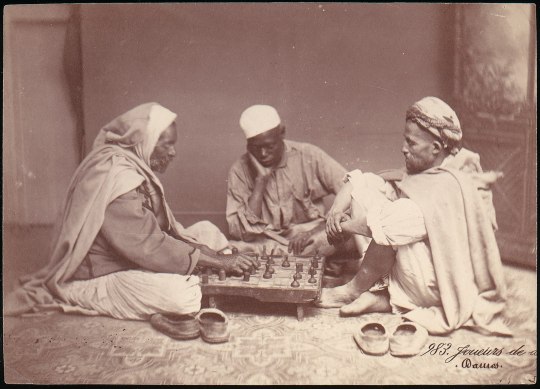
Men playing chess
Damascus, Syria, 1888
rayeshistory.com
2 notes
·
View notes
Text
MARY AJAMI // POET
“She was a Syrian poet and pioneering feminist writer in Arabic, who launched the first women's periodical in Western Asia called Al Arus (Arabic: the Bride). It ran for 11 years and as the editor-in-chief, she was able to employ a few educated girls to serve on its editorial board, although she had the young women sign their journalist contributions under an assumed name for their protection from harassment in Syria's male-dominated society.”

0 notes
Text
Something about North Korea being naturally more mountainous then South Korea making only 17% of North Korea useable for agriculture. Something about America bombing North Korean farmland.
Something about the partition of Palestine resulting in most of the useable agricultural land being given to Israel. Something about the targeting of Gaza’s farmland in air strikes and the bulldozing of crop fields by Israel.
Something about the Palestine flag hanging in the hallway of my North Korean primary school.
I don’t want for Palestine what North Korea has, sanctioned into the ground and demonised by the entire “international community” but I see parallels in our presents and pasts, and it gives me hope.
#‘Since 1988 North Korea has recognised the sovereignty of the State of Palestine over all of Israel-#-excluding the Israeli-occupied Golan Heights which it recognises as Syrian territory.’#seeing leftists on this site celebrate capitalist countries giving Gaza scraps of support only half way through a genocide while not even#mentioning the decades long history of solitary that North Koreans have with Palestine was so weird to me#dprk#north korea#korea#Palestine#free Palestine#free gaza#marxist leninist#<- I know this isn’t theory I’m just trying to avoid this getting onto liberal tumblr#🇰🇵#🇵🇸#death to the usa#death to imperialism#death to america#and#death to the west#my favourite tags
1K notes
·
View notes
Text
Wrapped up the first book:
It charts, exactly as it says, the history of Syria from 1914 to 2014. To a degree a periodization like this is very relevant, because a broader history of Syria would span back to the foundation of three of the oldest continuously inhabited cities in the world. One of the things that it makes plain is that the Syrian state has for most of its history been more sinned against than sinning, up until the rise of Hafez Al-Assad and the lessons that he and his son learned from that earlier chaos is that the more savage the brutality, the more Syria the state and the Arab culture of Damascus flower.
This played 100% into the elements that went into the outbreak of the Syrian Civil War, which from its start to the present has been surprisingly invisible for the main global wellspring from which the modern day fascist resurgence got its start.
9/10.
0 notes
Text
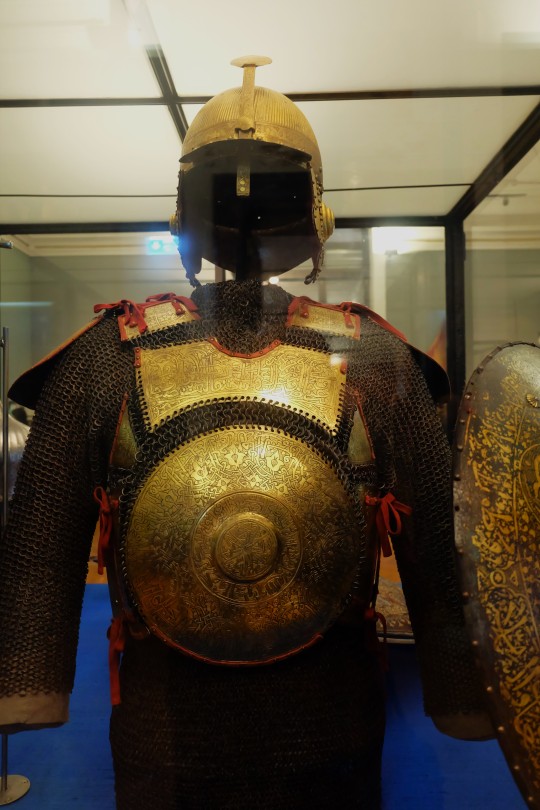
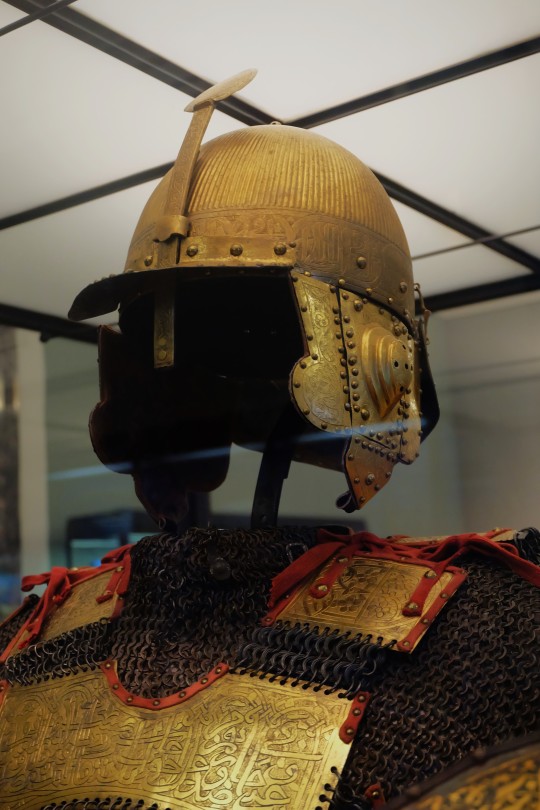

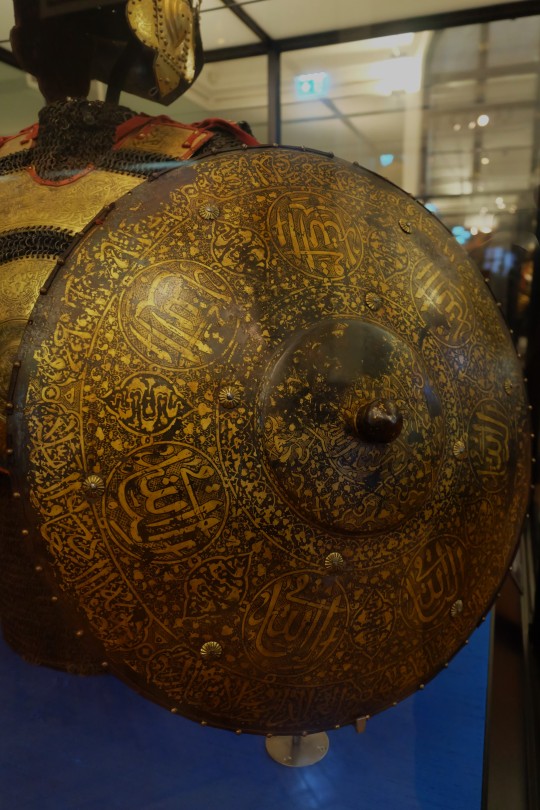
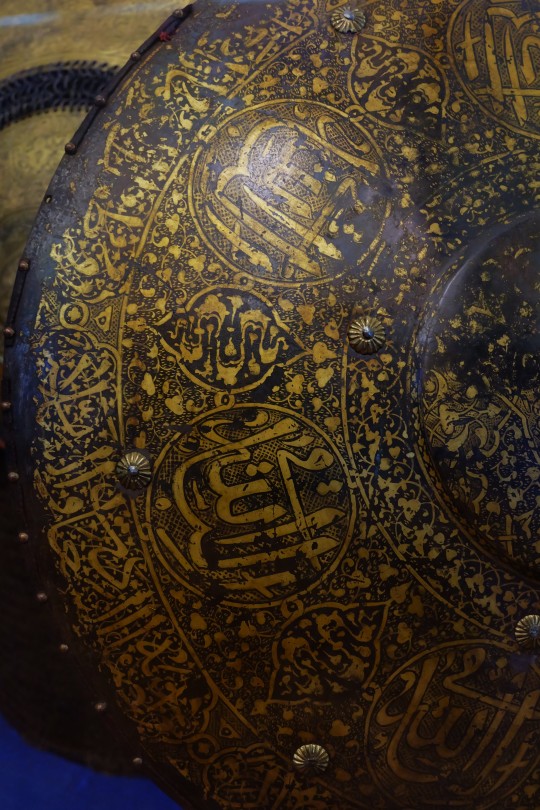
Mamluk Armour from Syria dated to the Early 16th Century on display at the Weltmuseum in Vienna, Austria
Photographs taken by myself 2022
#art#armour#military history#cavalry#fashion#16th century#renaissance#syria#syrian#mamluk sultanate#weltmuseum#vienna#barbucomedie
285 notes
·
View notes
Text
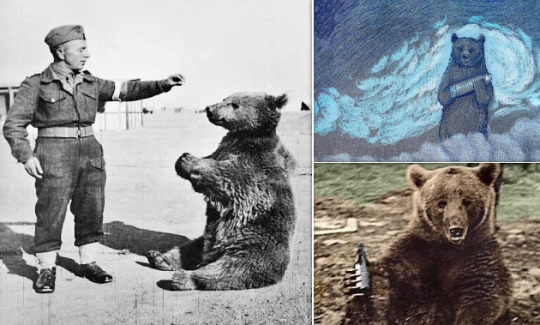
422 notes
·
View notes
Text

Late Hellenistic or Early Roman Ribbed Glass Bowl,
Late 1st Century BC – first half of 1st Century A.D.
Syrian-Palestinian area or Italy,
H5.8 cm x Ø 12.8 cm
From the Windmill Collection of Ancient Glass.
#art#history#design#style#archeology#sculpture#antiquity#hellenistic#roman#glass#bowl#glass art#1st cetury BC#syrian#palestinian#italy#windmill collection
17 notes
·
View notes
Text

Queen Zenobia before Emperor Aurelian by Giovanni Battista Tiepolo
#aurelian#emperor#zenobia#queen#art#giovanni battista tiepolo#ancient rome#roman empire#roman emperor#history#antiquity#rome#roman#emperor aurelian#queen zenobia#syria#syrian#palmyra#spqr#europe#european#asia#empire#triumph#lucius domitius aurelianus#palmyrene#dominus et deus#restitutor orbis#aurelianus#romans
58 notes
·
View notes
Text
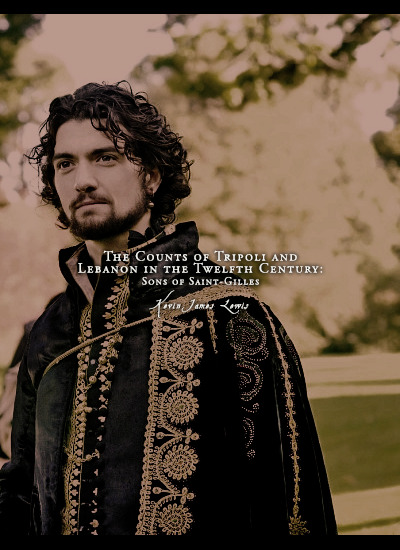





Favorite History Books || The Counts of Tripoli and Lebanon in the Twelfth Century: Sons of Saint-Gilles by Kevin James Lewis ★★★★☆
The Frankish county of Tripoli was not historically important, at least in the traditional sense. Its counts won no particularly great military victories beyond the conquest of the county itself and commissioned no great works of literature. The county’s archives were sacked in an epoch long past and their contents erased from history. Only paint flaking off forgotten church walls, once-mighty fortresses gutted by the fires of modern wars, and crumbling manuscripts in distant libraries stand testament to the fact that the county and its inhabitants existed at all. Yet the study of the county and its rulers is important in that it raises a number of hitherto unasked and unanswered questions regarding the development both of the so-called ‘crusader states’ and of Lebanon and Syria more generally. Though small, the county’s history encapsulates the principal forces that shook and shaped the Latin East as a whole.
The county was not simply the product of European crusaders, but grew amid the verdant valleys of Lebanon, the forbidding heights of the Alawite mountains and the fertile plains that lay between. It was in this Syro-Lebanese context that the counts of Tripoli sought to establish their rule. In many ways, the manifold pressures on the counts were greater than those faced by other Frankish rulers. True, the threat of invasion seems to have been slighter because hostile forces preferred crossing the Jordan into the southern kingdom of Jerusalem, or the Orontes into the northern principality of Antioch, rather than over the mountains that cradled the county. However, the kings of Jerusalem and princes of Antioch did not face the same cultural complexity as in the Lebanon region, which made it all the harder for the counts to negotiate and enforce the terms of their power.
… The present work is arranged chronologically and divided into five chapters. Chapter 1 focuses on two rulers: William Jordan of Cerdanya and Bertrand of Toulouse, rival claimants to what would become the county of Tripoli after the death of the crusader Raymond IV of Saint-Gilles and Toulouse in 1105. Chapters 2 and 3 concern the reigns of Count Pons and his son Raymond II respectively. Chapters 4 and 5 both deal with a single count: Raymond III, whose reign was by far the longest, arguably the most complex and easily the best documented – not to mention most debated. Raymond IV of Saint-Gilles himself, the first self-professed ‘count of Tripoli’, does not receive his own chapter or indeed much special attention at all beyond what is absolutely necessary for the purpose of setting the scene. It has been deemed wise to omit him from the present work since most of his life was spent in the west or else participating in the First Crusade at a time when the very existence of the county of Tripoli had yet to be imagined. As such, the structure of this present work questions Jean Richard’s influential belief that the county of Tripoli was primarily the product of Raymond IV’s ‘action personnelle’. More than one person determined the county’s existence and fate.
#historyedit#litedit#history books#house of toulouse#french history#lebanese history#syrian history#asian history#european history#history#medieval#nanshe's graphics
5 notes
·
View notes
Text
The Lion of Mari, from Syria (Mesopotamia) c.1782-1759 BCE: this is one of two lion statues that once guarded the entrance to a temple in ancient Mari; the lions were partially crushed when Hammurabi laid waste to the city in 1759 BCE
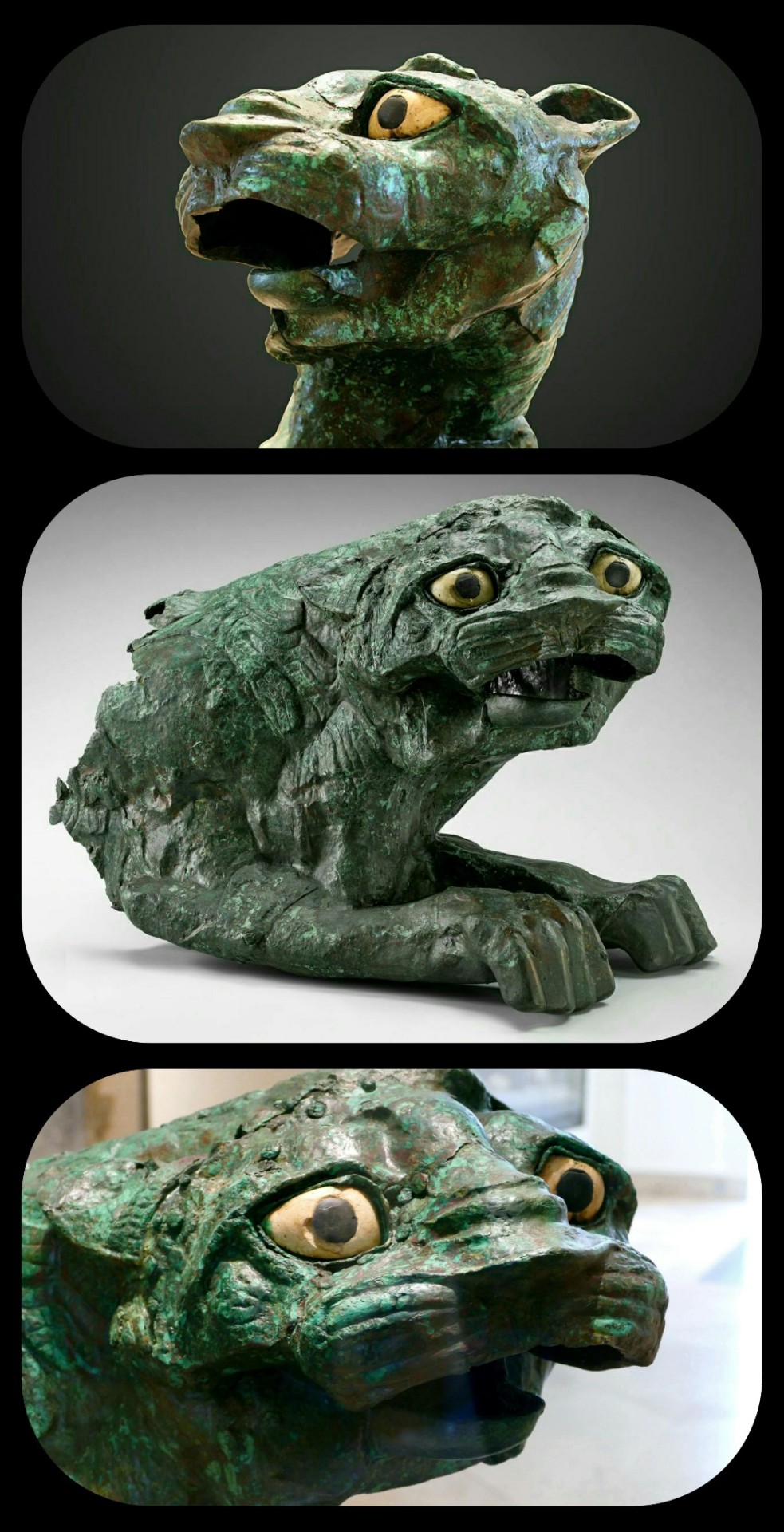
That's a pretty fitting expression, given the circumstances
Together, the two lion statues that were found at the ruined temple are known as the "Lions of Mari." They were unearthed from the ruins at Tell Hariri, where the ancient city-state of Mari once stood; this site is located near the border between modern-day Syria and Iraq.
The lions were likely designed as protomes, given their lack of hindquarters. They were originally stationed on either side of the entrance to the temple, so they are often described as the "temple guardians."

This is the same statue that appears in the first three photos, just seen from a different angle
It's believed that the temple at this site was originally built in honor of a West Semitic deity known as Dagan. Dagan was the chief deity of the Mariote pantheon; he was a particularly prominent figure in the middle and upper regions of the Euphrates, with cult centers in Mari, Terqa, Tuttul, and Ebla, but he was known throughout many parts of the ancient Near East.

The lion is primarily made of copper, with limestone and shale inlay for the eyes, and it measures 53cm tall, 77.5cm long, and 43cm wide, weighing roughly 55kg (about 21in x 30.5in x 17in, with a weight of 121lbs)
The Lions of Mari were partially crushed when their temple was destroyed (along with the rest of Mari) by Hammurabi's forces in 1759 BCE, leaving the statues badly warped...which is why they look really upset.
It's hard to find high-quality photos of the second lion, but he does have a particularly distinctive appearance:

This second lion was most recently housed at the National Museum of Aleppo, in Syria, though its current location/status (in the aftermath of the Syrian Civil War) remains unclear.
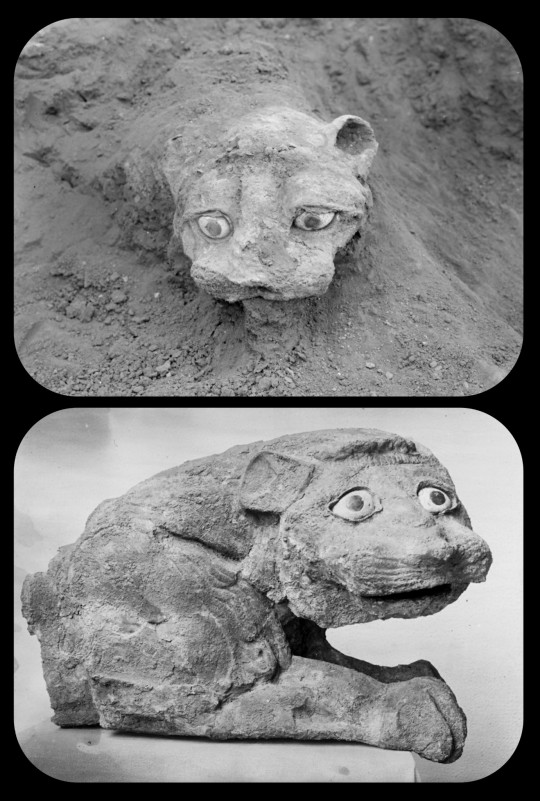
These photographs were taken during the original excavations at the ruined temple; they depict the first lion statue as it was still being unearthed (top) and the second statue shortly after it was removed (bottom)
Sources & More Info:
The Louvre: Lion of Mari
Archeologie.culture.fr: Lion Protome
Archeologie.culture.fr: Detailed Information about Ancient Mari
Virtual Museum Syria: Lion Sculpture
#archaeology#history#artifact#ancient history#art#mari#ancient temple#Syria#mesopotamia#Temple of the Lions#mesopotamian religion#ruins#hammurabi#Tell Hariri#middle east#lion#mesopotamian art#syrian archaeology#paganism#that first lion looks exactly like the way I feel
58 notes
·
View notes
Text

Syrian Commandos - Lebanon 1980's
#lebanese civil war#lebanon#Syrian#1980s#cold war#syria#سوريا syria#Syrian army#military history#لبنان#soldiers#army#miltary#war history#ak47#soldier#photography#tumbler#my tumblr#my post#history
12 notes
·
View notes
Text
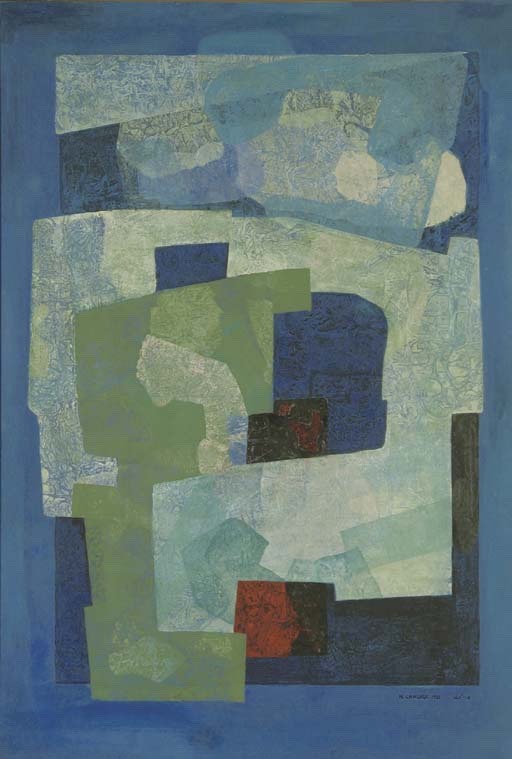
Naseer Chaura
Untitled
1966
#naseer chaura#abstract art#abstract artist#abstract painting#abstraction#abstract#syrian art#syrian artist#contemporary art#contemporary artist#abstract aesthetic#aesthetic#beauty#abstract expressionist art#abstract expressionism#modern art#art history#aesthetictumblr#tumblraesthetic#tumblrpic#tumblrpictures#tumblr art#tumblrstyle#artists on tumblr
41 notes
·
View notes
Text
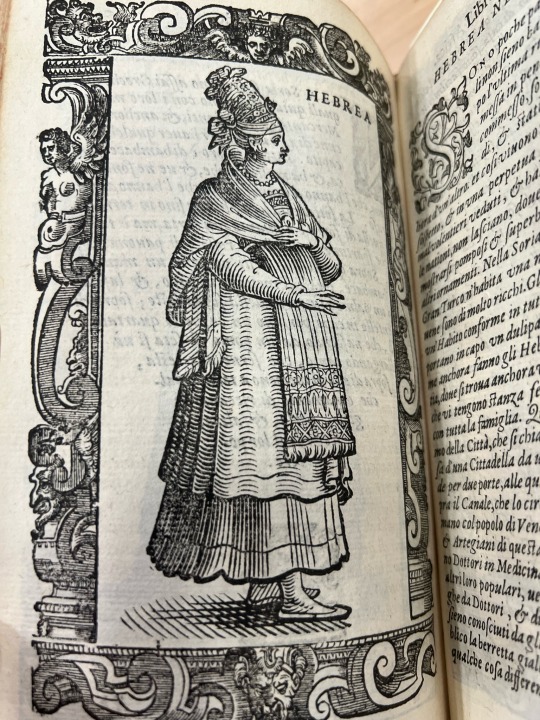
Woodcut illustration of a Jewish woman from Syria.
From De gli habiti antichi, et moderni di diuerse parti del mondo (1590) by Cesare Vecellio.
13 notes
·
View notes